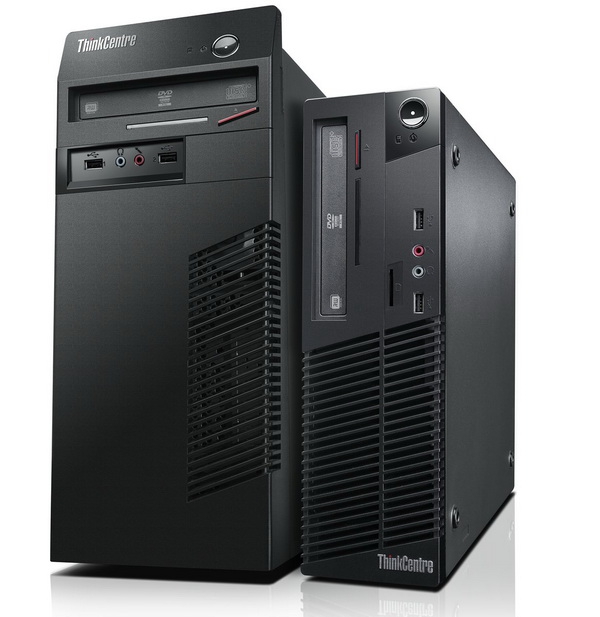 Lenovo and AMD Bring Low Cost and Office-Focused Performance Together in the ThinkCentre M75e
Lenovo and AMD Bring Low Cost and Office-Focused Performance Together in the ThinkCentre M75e

I took part in a conference call last week about a new product coming out from Lenovo - the ThinkCentre M75e - and while looking at business-focused desktop computers isn't something we tend to do much here at Digital Home Thoughts, it looks like a solid product for business users - including small business/home business types. Oh, and we'll be giving one away in a contest next month - keep an eye out for that! After the break, some details about what the Lenovo ThinkCentre M75e brings to the table. It's noteworthy in a few ways. The M75e is the first "M" series computer from Lenovo that uses an AMD chipset - this is doubtless a key part of the $299 starting price on the M75e. This is the first M series machine that supports QID (quad independent display) via an optional HD5450 graphics card; the system has one VGA and one DVI port on board, but when you drop in an ATI AMD graphics card (I'm really going to miss the ATI brand!), Windows 7 and the AMD drivers are smart enough to link the on-board video and card-based video together to give you up to four different displays. This is different from your typical on-board Intel-based GPU solution where, once you insert an NIVDIA or AMD GPU, you lose the on-board video. If you need support for four monitors, an AMD-based solution is the obvious way to go from a cost perspective. The M75e will be sold in configurations that will include dual Lenovo monitors. Other notable points about the M75e: boot time is pegged at under 30 seconds, and it's the lowest-cost four-DIMM solution from Leovno that also happens to support up to 16 GB of RAM - though I'm not sure why you'd put that much RAM in a system that's not designed for high-end performance. And speaking of that, the AMD 760G chipset is considered a lower-performing chipset, but still delivers DirectX 10 capabilities - competing products from Dell and HP tend to use the AMD 785G chipset, which offer DirectX 10.1 capabilities, but the cost is higher. The key differentiator is HD video performance; the 785G chipset allows for playback of Blu-ray videos, while the 760G chipset does not. Lenovo's enterprise customers haven't indicated a strong need for HD video playback, so the M75e gives them what they need for the lowest cost possible. My take on it? A business focused computer doesn't need to have the capability to play back Blu-ray movies, but 1080p video is more and more common - and there's certainly a legitimate business case for needing to access HD video content. I suspect, though, that with reasonable CPU power, the M75e will be up to the task. I'm being sent a fairly high-end configuration of the M75e for review, so I'll be able to verify that. In looking at the images of both body designs shown above - the desktop and small form factor - I noticed that they still had PS/2 mouse and keyboard boards. I thought it was curious that they still had these legacy ports, rather than having a couple of extra USB ports, and the reason for this is brilliant: the "M" series systems from Lenovo include the ability to selectively deactivate the front or back USB ports for security purposes. The threat of an employee popping in a USB flash drive and stealing critical files is a very real one, so by disabling all USB ports on the device and using PS/2 based input devices, the threat is neutralized - from that angle at least. Smart, no? UPDATE: My review of the Lenovo M75e is now published.
|



